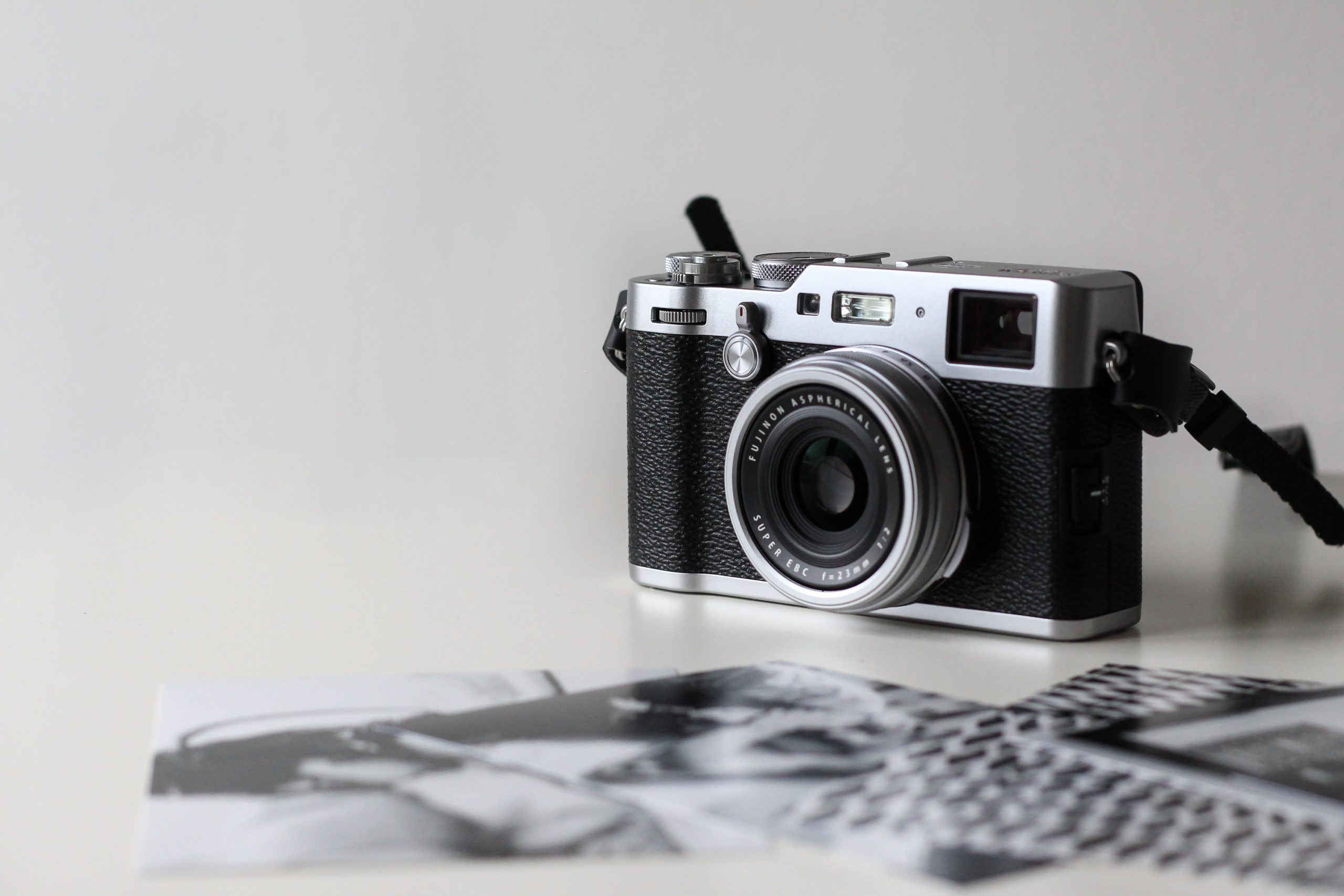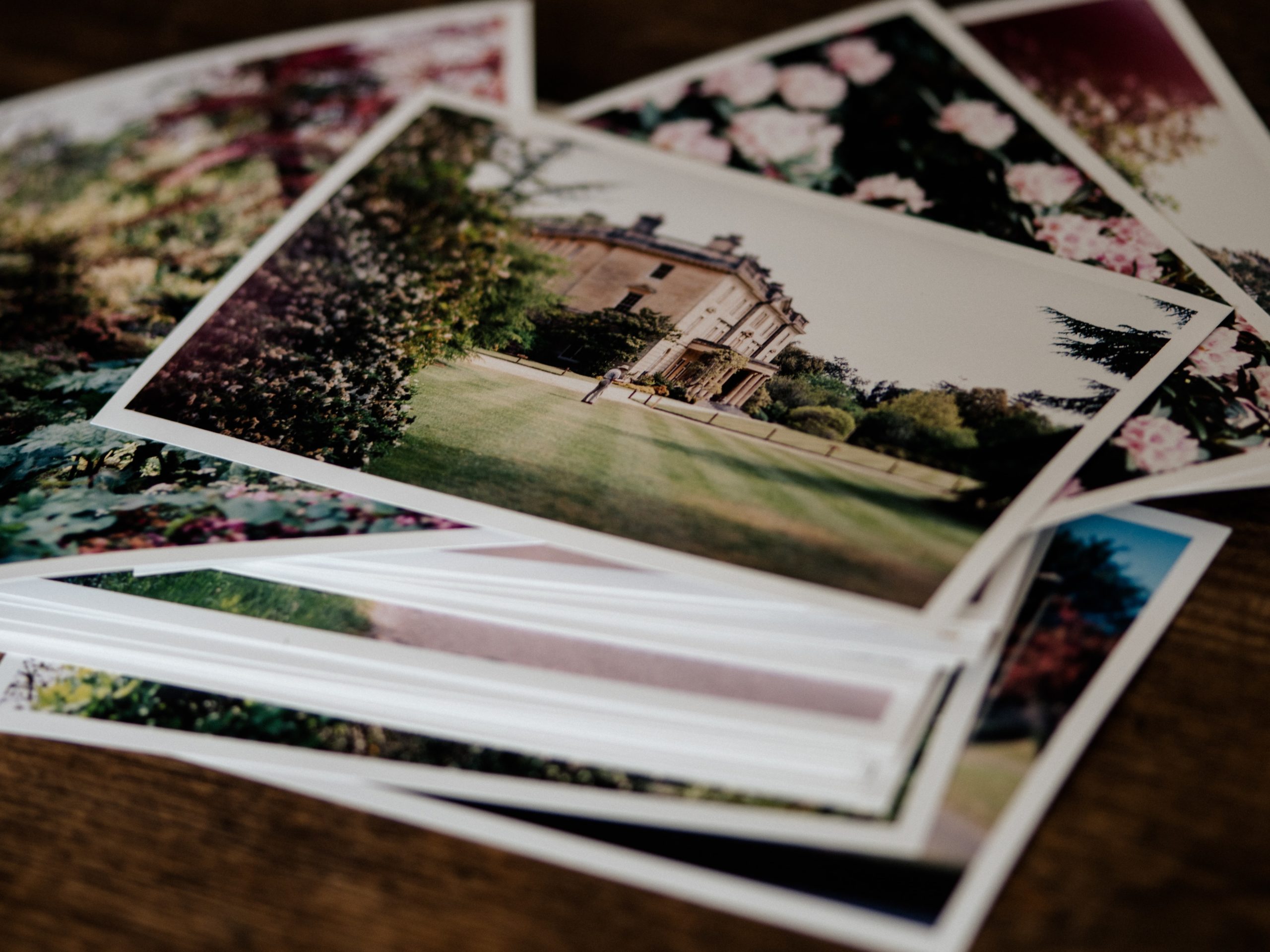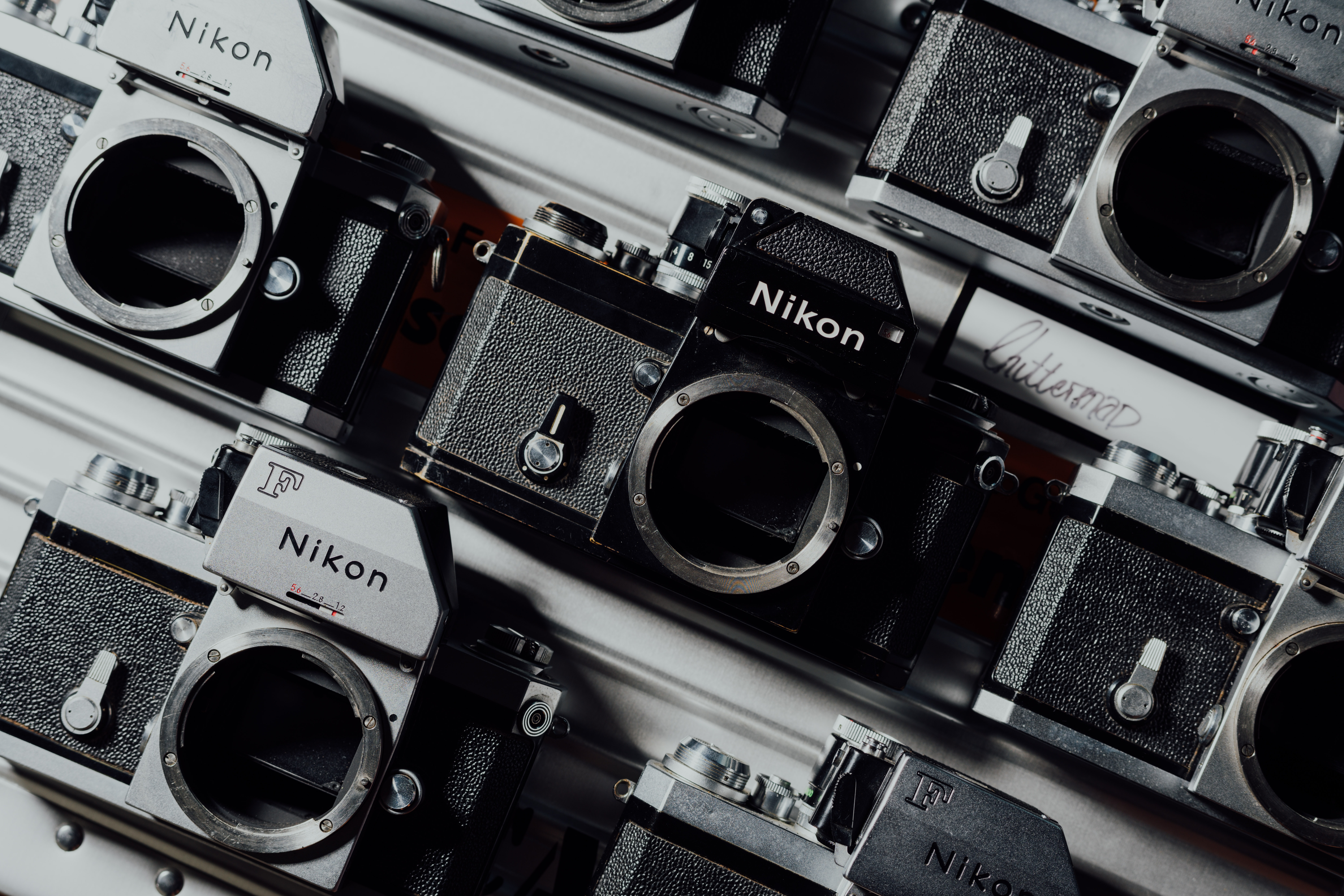How to Choose a Photo Lab for Film Photography
Last week, I answered the number one question I receive as a Film photographer: what camera should I buy for Film Photography? If you missed it, be sure to go back and check it out here. Today, I want to continue our conversation on Film Photography and discuss my top tips for choosing a photo lab for film photography. I am going to outline the main things you should know and consider when making this decision and also provide a few labs that I am familiar with that do great work!
Now, I know that mailing your film out to get developed is one of the scariest moments after you’ve shot the film. I clearly remember letting the first roll of film I shot sit in a closet for two months before sending it because I was terrified of what came next. When I finally did send the film out, it was a nerve-wracking process and I felt a tad clueless as to what to do. I don’t want you to feel like that because there is nothing to be nervous about and hopefully this post will cover any details you might feel unsure about so that you can jump in with confidence!

1. Personal Style
The main thing to consider when choosing a photo lab for your film photography is your own personal style! Many photo labs have the same technology and should all be capable of giving you the scans you want, but there might be stylistic differences in the final product. For this reason, I highly recommend going to the websites and social media pages of the photo labs you are considering to see if they are consistently producing the type of work that you are aiming to produce as well.
2. Services + Offerings
Once you’ve done that and fallen in love with the look and style of that photo labs’ work, start to look and inquire about their offerings. Don’t be afraid to ask questions! Make sure they are able to provide you with the type of development that you want. If you are just starting out and are using a 35 millimeter camera, that is no problem! All photo labs are going to be able to accommodate that.
However, as you move forward in your film journey, there are certain types of film that some labs will not be able to develop. I know it is hard when you are just starting out to think that far ahead and make decisions like this, but if you can it will definitely help you in the future to choose a photo lab that can grow with you as you advance as a film photographer. You want a long-term relationship with the photo lab. Once you take this into account, start looking and comparing prices.
Recommended Photo Labs
There are some photo labs that offer a set price for developing, and then there are others that offer tier pricing and tier services for things like straight scans, basic scans, or premium scans. I personally use PhotoVision Prints because they have one level of scanning. They will tweak the colors and fine tune the prints for you and it is all included in one price.
That is what I love most about PhotoVision! When I receive my images back, I hardly have to touch them because they have done the bulk of the work in terms of processing. I shoot it, send it out to them, and then they send me back images that are beautifully done. It saves so much time and that is huge for me!
Another item PhotoVision offers is proof prints! Which means that any time I send my film in, all I have to do is check a box on the form, and they will send me a box of prints at my door without me needing to do any extra work. They make it so easy to have prints in my hand, and I love that about them.
While I currently use PhotoVision Prints, there are other great labs out there that I highly recommend checking out, such as, Goodman Film Lab, Indie Film Lab, The Find Lab, and Richard Photo Lab. Each of these Film Labs are excellent, reputable labs that I recommend.

3. Communication is Key
The next item to consider after you’ve decided on your style and the services you need and want from the lab, is communication. The reality of film photography, and why it can be nerve-racking, is that when you send your film off you’re either going to love or hate the scans you get back.
Hopefully, you love them! However, If you don’t love them, I strongly urge you to not jump ship and go to a new lab. Instead, communicate with the lab first and tell them what you do and don’t like about the product you received. Chances are it’s something that you can work out and they can either tweak, or advise you on how to tweak. Then you know next time your results will be better.
It’s super important to keep in mind going into it, that this is going to be a relationship. There will be back and forth with the lab as it is an ongoing thing, not just a simple transaction. It is crucial to be open to communication and be proactive. Don’t be afraid to send them an email or provide your image preferences.
Even if you get your scans back from the lab and you end up needing to edit them, then send the edited version back to the lab so they have it on file for next time. Find somebody that you feel comfortable communicating with and that is responsive. If the lab doesn’t communicate well or respond back to you, then definitely try a new lab, but don’t be discouraged!
4. Location + Proximity
Location and Proximity is the final item I recommend considering when choosing a photo lab for film photography. Now, some people might not care or have a preference, but it is something to think about as there are photo film labs spread out all over the country. If you pick a lab that is local, then you will likely have a quicker turnaround time than one on the other side of the country. If the lab is far away, then you most likely will either have your film in the mail longer, or you will be paying more to have the shipping process expedited.
At the same time, don’t let the location deter you from choosing them, it is just something to be mindful of and be aware of prior to making the decision. As I mentioned earlier, I live on the east coast and I choose to use PhotoVision Prints all the way on the West Coast despite having labs closer to me, because I have a wonderful relationship with them. I know I need to overnight my film and already factored that into my decision and cost when deciding on a film lab.
Film Photography
I know film photography can be intimidating when you are starting out, but I hope these tips help you break it down and navigate the process of choosing a photo lab for film photography. Start out by looking into out the four labs I mentioned earlier, The Find Lab, PhotoVision Prints, Richard Film Lab, Goodman Film Lab, and Indie Film Lab. Begin reviewing and comparing the four items I suggested today, your personal style, lab offerings, communication, and lab proximity, as you try to choose a photo lab for your film Photography.
If you have any questions about these items, or if I can be of any help, you can always contact me!
